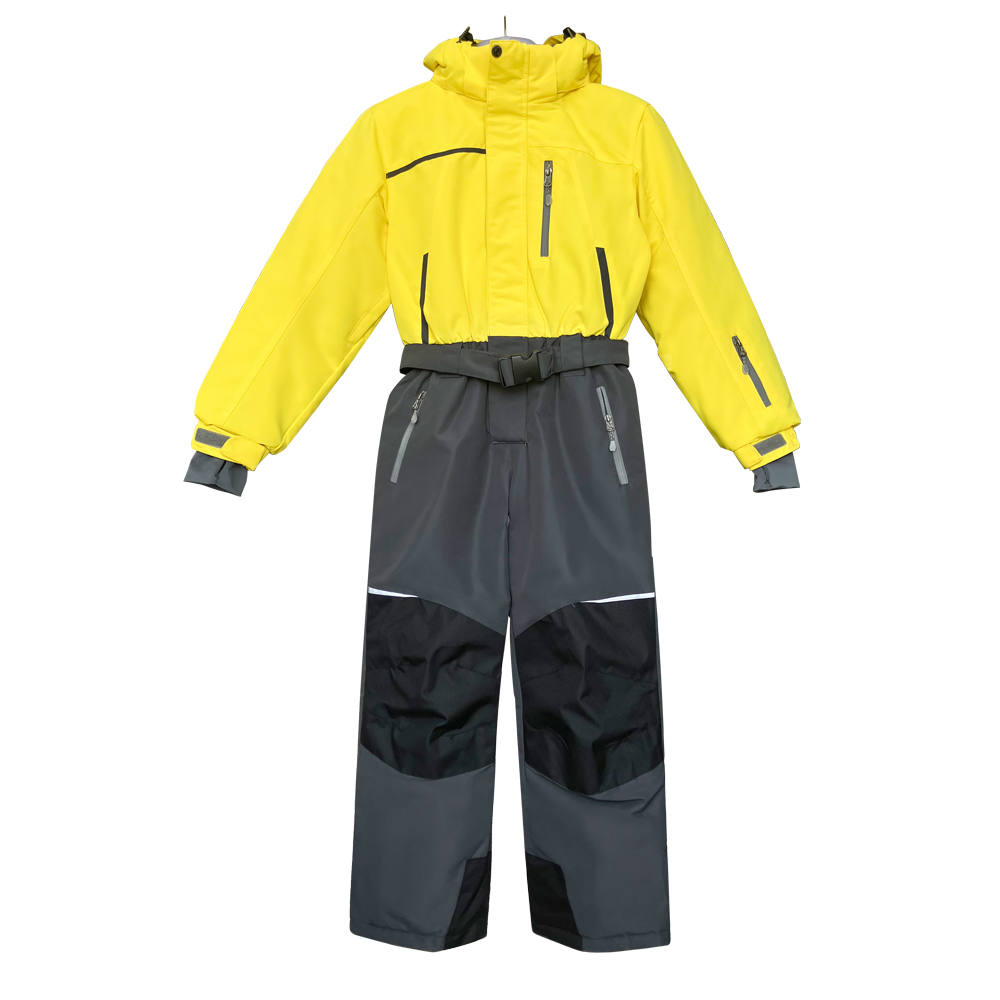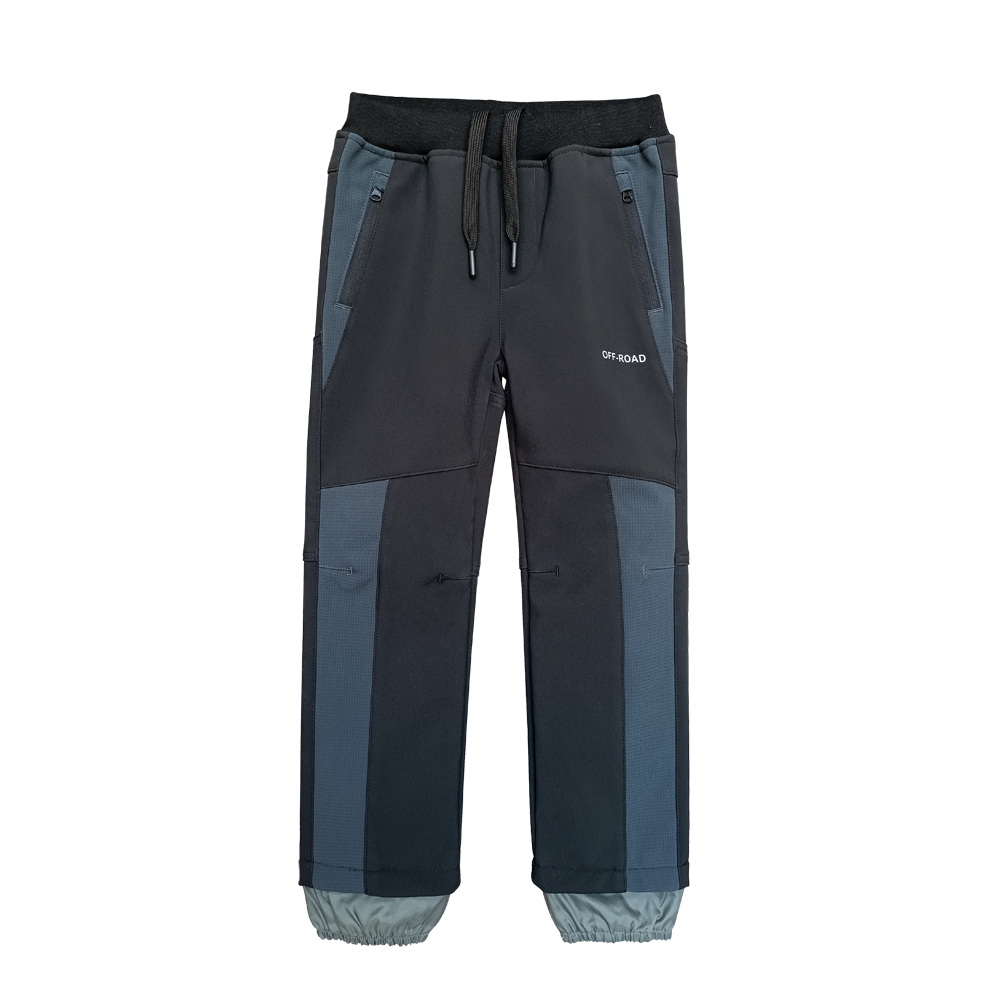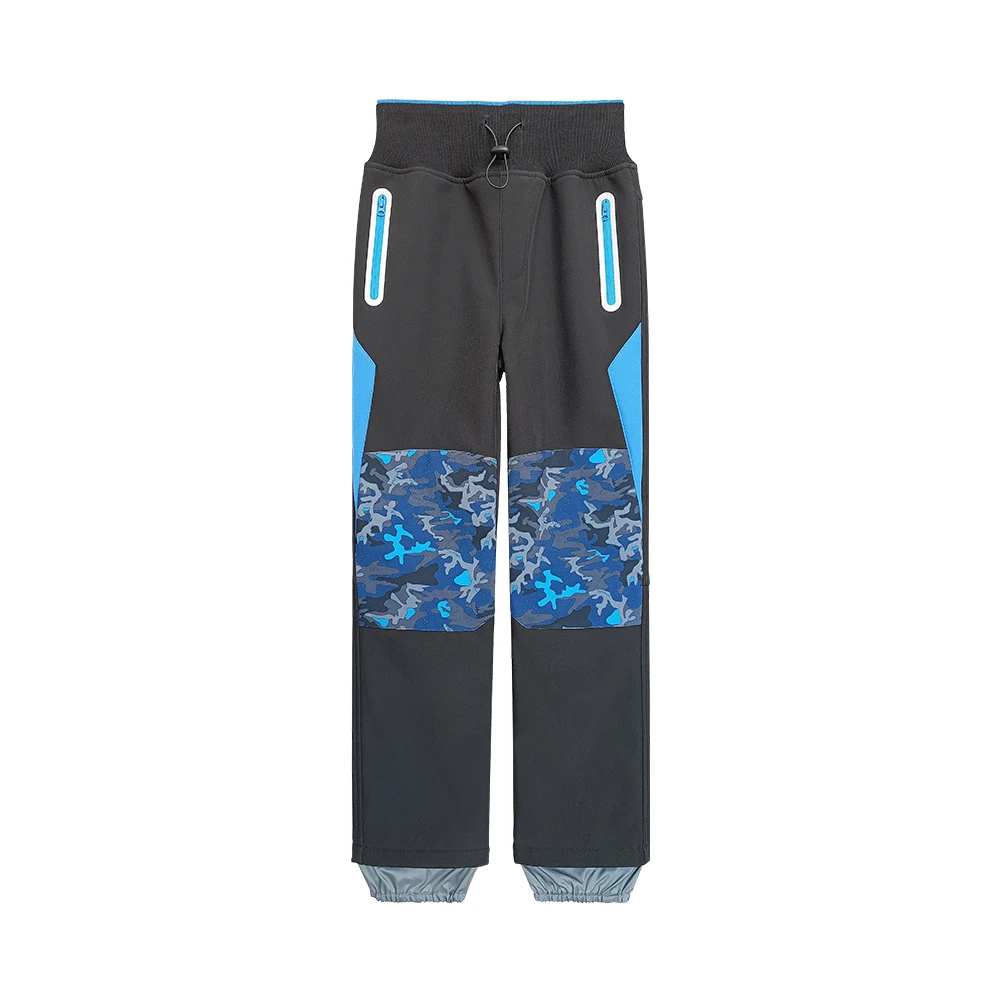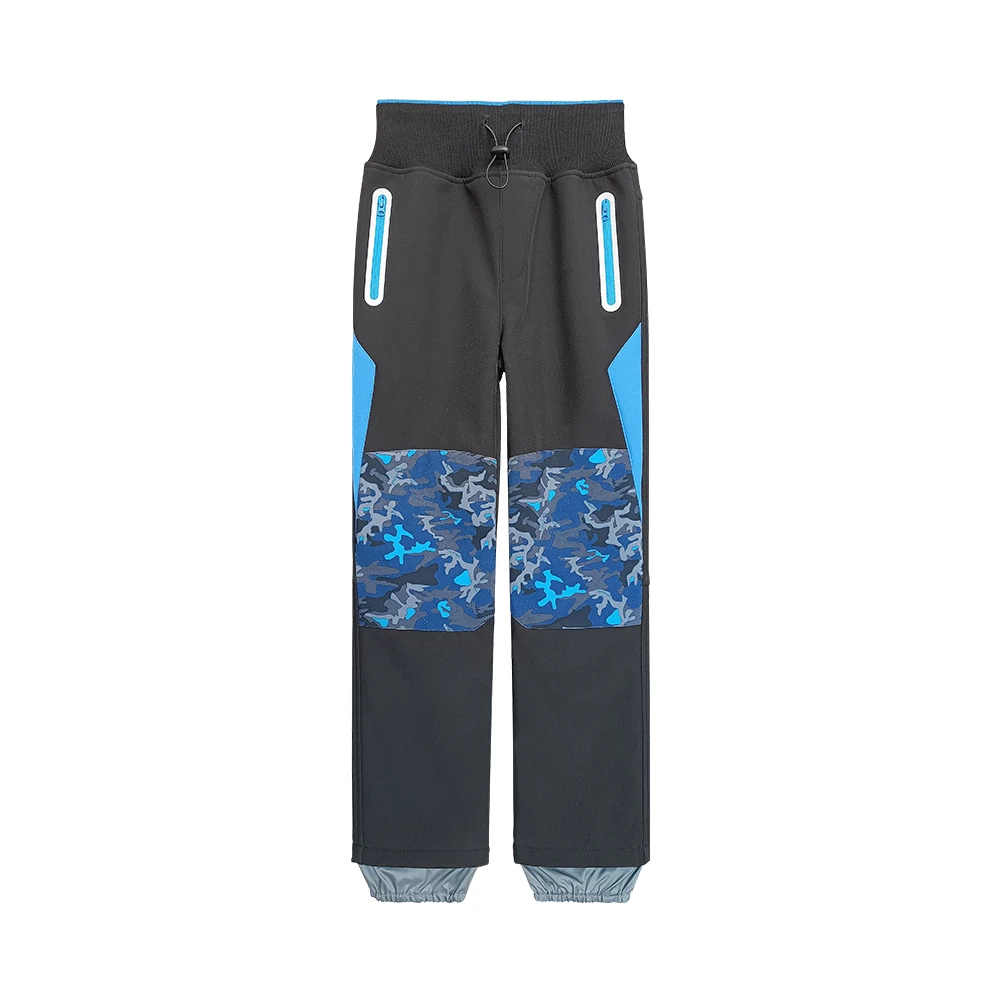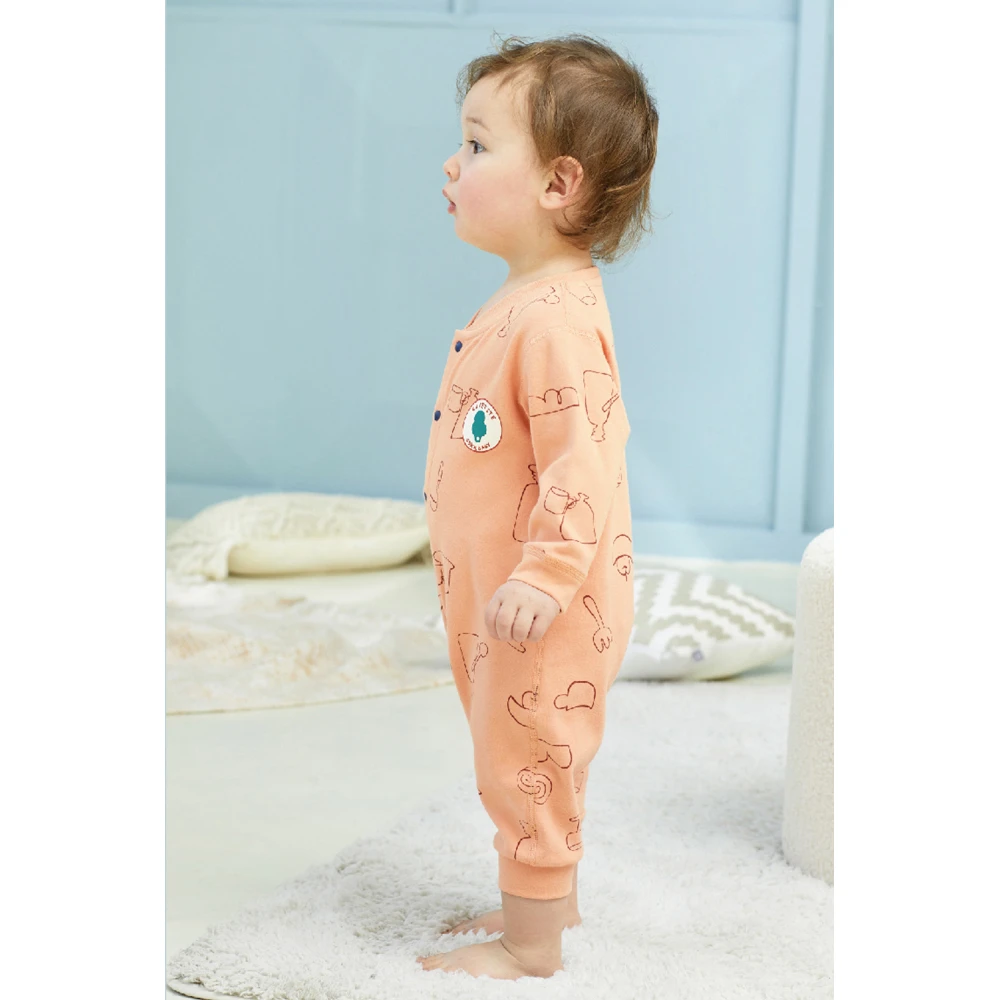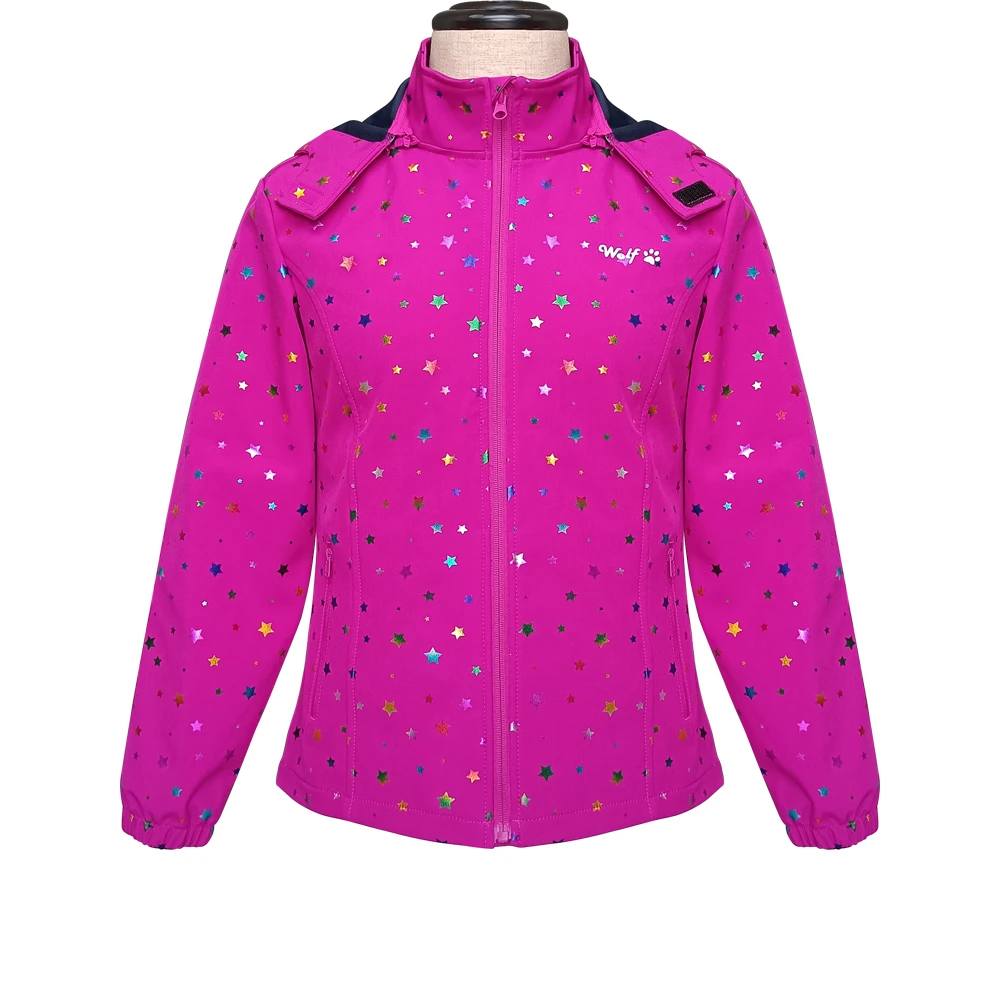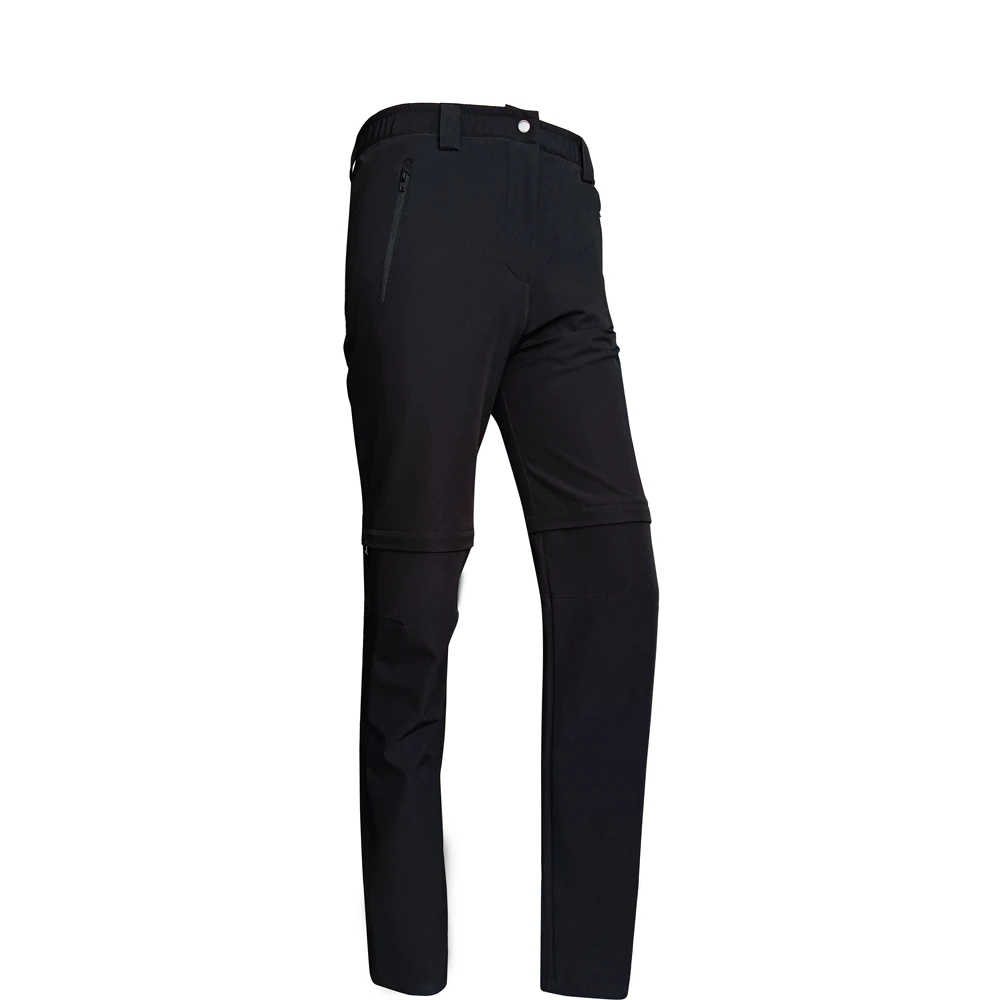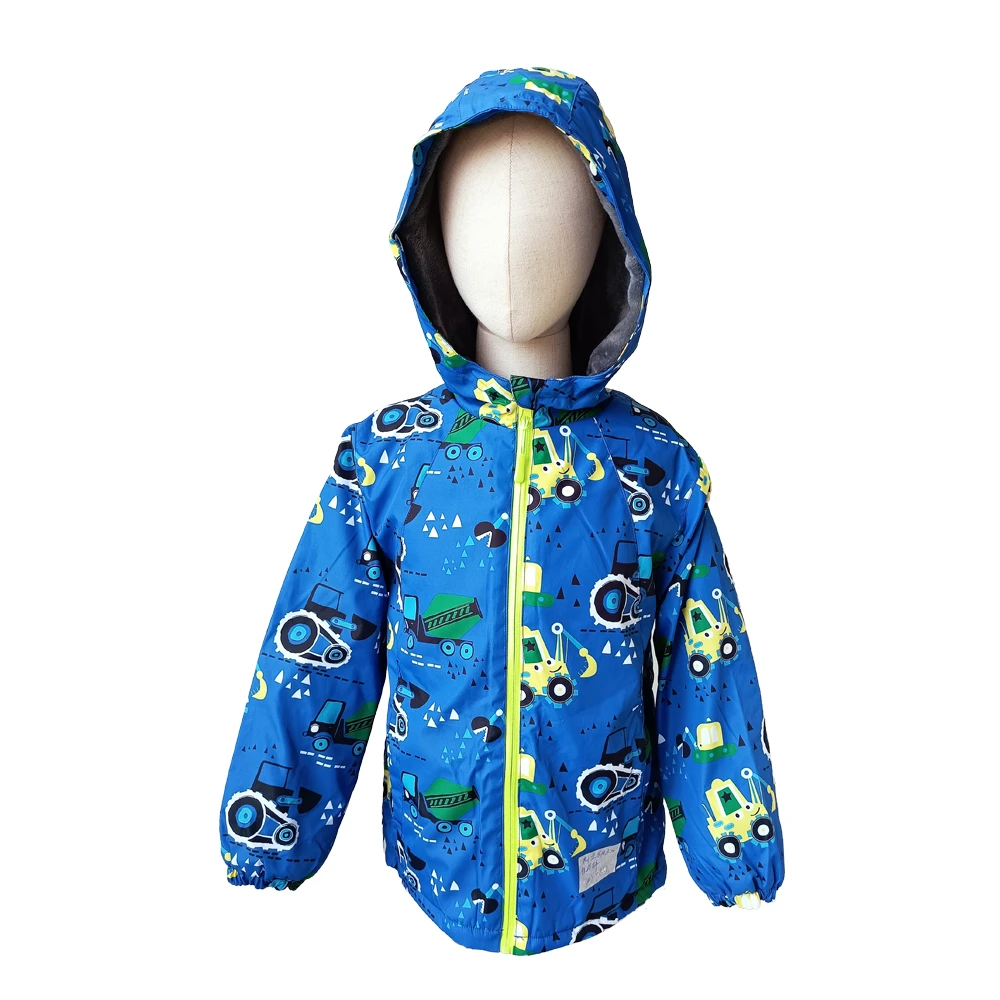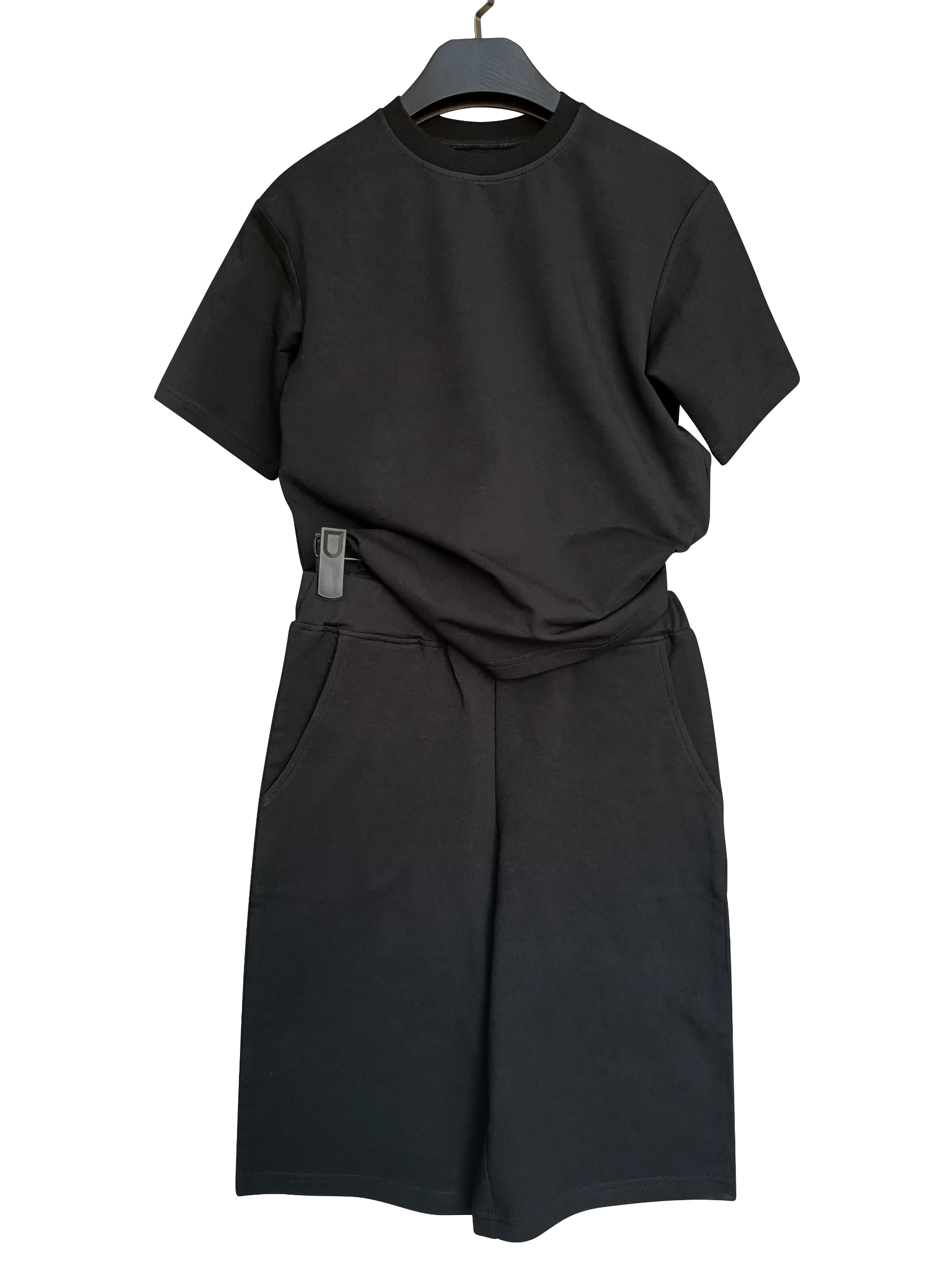The Evolution of Dress Clothes for Women A Blend of Fashion and Function
Dress clothes for women have undergone significant transformations over the years, reflecting not only changes in style but also shifts in societal norms and expectations. From the early days of corsets and long skirts to the modern-day power suits and chic dresses, the evolution of women's dress attire tells a story of empowerment, individuality, and an increasing emphasis on functionality.
In the late 19th and early 20th centuries, women's fashion was largely characterized by restrictive garments. The Victorian era defined an era dominated by corsets, petticoats, and voluminous skirts. Women were expected to embody grace and femininity, often at the expense of comfort. However, as the suffrage movement gained momentum, women began seeking more practical clothing that allowed for greater freedom of movement and expression. This shift was epitomized by the introduction of the flapper dress in the 1920s, which featured a loose fit and dropped waist, representing a break from tradition and a step towards modern femininity.
The mid-20th century saw yet another transformation in women's dress clothing. The post-World War II era brought about a sense of liberation, and styles began to reflect a burgeoning sense of independence. The introduction of the New Look by Christian Dior in 1947 featured nipped waists and full skirts, which while glamorous, required a significant amount of fabric and often reinforced traditional gender roles. However, the 1960s and 70s heralded a new era of radical change. The feminist movement encouraged women to embrace bold styles that defied conventional norms. Mini skirts, loose-fitting garments, and an array of vibrant colors symbolized a departure from the past, allowing women to express their individuality and autonomy.
As society continued to evolve, so did the concept of dress clothes for women. The late 20th century ushered in an emphasis on professional attire as more women entered the workforce. The iconic power suit, complete with tailored blazers and pencil skirts, became a staple in corporate environments. Designers such as Giorgio Armani played a pivotal role in reshaping women’s professional wardrobes, blending traditional masculine elements with feminine aesthetics. This era marked a crucial turning point as women began to assert themselves not just in social settings but also in professional realms, signaling a move towards gender equality.
dress clothes for women

The turn of the 21st century continued to challenge existing fashion norms, leading to a more relaxed approach to dress clothing. Women now had access to varied styles that mixed comfort with elegance. The rise of athleisure blurred the lines between formal and casual wear, allowing women to express their personalities through versatile clothing suitable for multiple occasions. This period also saw a significant emphasis on sustainability and ethical fashion, with many brands striving to create clothing that not only looked good but was also produced responsibly.
Today, dress clothes for women are a vibrant tapestry that reflects both personal expression and wider social movements. From elegant evening gowns to professional attire that prioritizes comfort without compromising style, women have an array of choices that cater to different aspects of their lives. Fashion is increasingly inclusive, accommodating various body types, cultural backgrounds, and personal styles. Brands are recognizing the importance of representation, ensuring that all women can find clothing that resonates with their identity.
Moreover, the rise of digital platforms has transformed how fashion is consumed and celebrated. Women are now empowered to showcase their style on various social media platforms, influencing trends and encouraging body positivity. The conversation around fashion is evolving, with a strong focus on how clothes can be a medium for cultural expression and social justice.
In conclusion, the journey of dress clothes for women is one of perpetual evolution. What began as a medium to enforce societal norms has morphed into a powerful tool for self-expression and empowerment. Today, women’s dress clothing encapsulates a blend of history, culture, and individuality—each piece worn tells a story of the wearer’s desires, ambitions, and experiences. As we move forward, it will be exciting to see how future trends will continue to reshape the landscape of women’s fashion, emphasizing inclusivity, sustainability, and personal empowerment.


